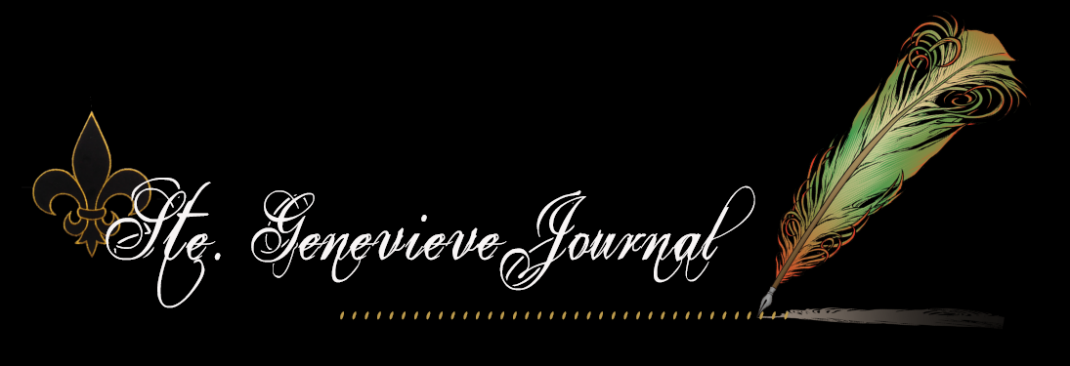
Did you know that twining (a method of weaving) has been
used since ancient times? Through archeology we know that a technique of spacing out
twined rows was used to make traps and fish nets. For baskets, twined rows were woven closer together. And, a floor mat required an even tighter weave.
Twining was also a method used to weave objects from
cornhusks. Twined cornhusk baskets were made by many eastern Woodland Native
Americans. European accounts from 17th century northern New England indicate that open-weave
rectangular bags, hulling bags, and bags were woven with cornhusk. In 1650, an account describes purchasing corn from the
Native Americans with wampum, the corn was often measured in sacks most likely
made from husks. In later centuries, Native Americans used the same technique for their baskets, along with mats and other woven items of various materials.
But twining isn’t limited to the Native American communities
of our country’s past. It is a technique
that has spanned time, filtering down to present-day. It is still a technique used for
making wall hangings, baskets, rag rugs and other hand crafts.

Memories of the twining method
go back to my childhood when I first saw a rag rug being woven by a dear older
couple who lived behind my grandparent’s house. A few years ago, it was the memory of the Turners that inspired
me to learn the technique of twining for myself, using John’s handmade looms and
a lot of fabric strips. Ever since, weaving rag rugs has been
a part of our historic interpretation—for the 18th, 19th, and 20thcenturies. It is a technique that is never out of date. We have taught this style
of weaving at workshops, my online blogs, Arkansas State Parks, colleges and
our own historic farmstead. John has shipped his looms to 45 states and 8
countries. It is quite popular on Pinterest, too. And in the 2019 Fall issue of
Country Rustic Magazine, our Rag Rugs will be featured, along with the story of how the twining technique was revived at our farmstead.

This Saturday, June 22, 2019, John and I will be
demonstrating the basketry technique of twining, as we weave Rag Rugs in
downtown Historic Ste. Genevieve from about 10:00-Noon. You’ll be able to try
your hand at it, too, if you like. It’s great fun for every age. Depending on
the weather, we will be at the corner of Main and Merchant Streets (next to Sara’s
Ice Cream), or inside the Welcome Center on Main and Market Streets.
We’ll
have a few looms to sell, in case you decide it’s a project you can’t live
without.
Sassafras Creek Originals at 311 St. Mary’s Road will also be selling the
looms and mini sets beginning Friday.
Please come join us and learn an ancient technique in the 21st
century. . .
You can bring the whole family. . .
So simple, even four-year-olds can do it.




























